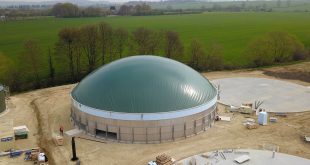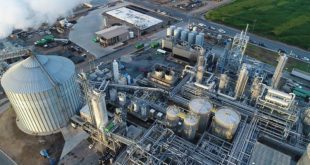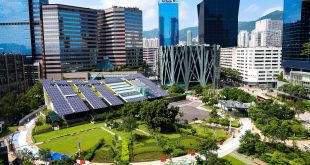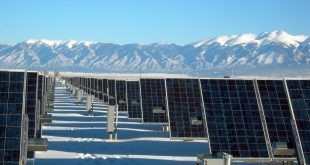Iceland is a well established leader in the geothermal industry, with just under 90% of the country’s housing heated through the use of geothermal energy. So what makes Iceland so efficient concerning the use of geothermal energy?
Iceland is right on top of very active geological ground (the Mid-Atlantic ridge) and is home to a high concentration of volcanoes. The ground in Iceland is much warmer than nearby countries due to this geological activity, and therefore, makes the extraction of geothermal energy much easier and much more effective.
Heating is not the only use of geothermal energy in Iceland , as the energy is also used to provide around 25% of the country’s power capacity. Iceland achieves this through five major power plants producing electricity from the geothermal energy.
Iceland is a leader in the use of renewable energy sources, with another 70% of the country’s power capacity coming from the use of hydroelectric power. It is estimated that only 0.2% of Iceland’s power output comes from the use of fossil fuels, this makes Iceland a very clean environment to live in.
Not only does the use of geothermal energy and hydroelectric power provide a cleaner environment, the large scale use of these energy sources lowers electricity and heating bills for the residents of Iceland.
Two of the five main geothermal power plants in Iceland produce not only electricity, but also hot water for use in heating. The remaining three geothermal power stations provide only electricity. Many homes have their own geothermal hot water (ground source) equipment installed.
Iceland aims to be totally energy independent by 2050 and plans to reach this milestone through the continued development and use of the renewable energy sources the land and area has on offer. The economy in Iceland is also very productive and the use of such renewable energy gives this economy a huge boost.
You may find additional information relating to the use of geothermal power at the following website
 Alternative Energy HQ solar power for homes, wind energy, and bio fuel issues
Alternative Energy HQ solar power for homes, wind energy, and bio fuel issues








